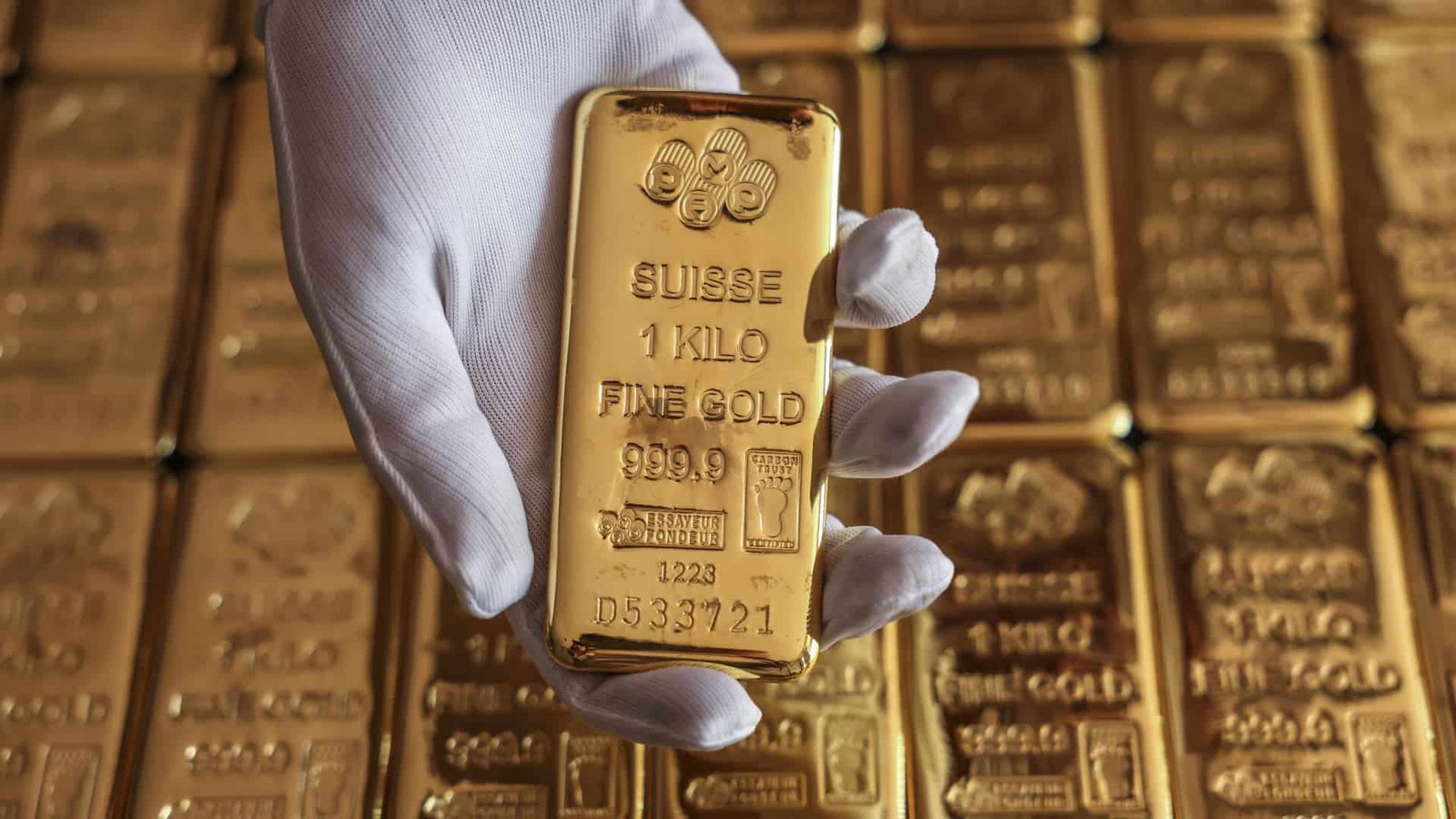Introduction:
As investors navigate the complexities of financial markets, gold remains a critical asset, often viewed as a safe haven during periods of economic uncertainty. The gold price forecast is influenced by a myriad of factors, including global economic conditions, interest rates, inflation, and geopolitical tensions. Understanding these elements can provide valuable insights for investors looking to make informed decisions.
Economic Conditions
The state of the global economy plays a significant role in gold prices. When economic indicators point toward growth, investors may favor riskier assets like stocks, which can lead to a decline in gold prices. Conversely, during economic downturns, gold often sees an uptick in demand as a protective measure against market volatility. Recent trends indicate a mixed economic outlook, with some regions experiencing growth while others grapple with recession fears. This divergence can create fluctuations in gold prices as investors adjust their portfolios based on perceived risks.
Interest Rates and Inflation
Interest rates are another crucial factor affecting gold prices. Typically, higher interest rates increase the opportunity cost of holding non-yielding assets like gold, leading to decreased demand and lower prices. In contrast, when central banks implement low-interest policies, gold often benefits from increased investment as it becomes a more attractive option.
Inflation also significantly impacts gold prices. Historically, gold has been viewed as a hedge against inflation, and when inflation rates rise, many investors flock to gold to preserve their purchasing power. As central banks worldwide have adopted expansionary monetary policies, concerns about rising inflation have emerged. Investors are closely monitoring inflation rates and central bank responses, which are key components of the gold price forecast.
Read More Artical:Transfer a 401k to Gold IRA
Geopolitical Tensions
Geopolitical events can cause sudden spikes in gold prices. Situations such as conflicts, trade disputes, or significant political changes often lead to uncertainty in the markets, prompting investors to seek the security of gold. Recent events, including tensions in Eastern Europe and trade negotiations in Asia, have the potential to influence gold prices significantly. A heightened state of geopolitical tension can create a rush towards gold as a safe haven, impacting short-term forecasts.
Supply and Demand Dynamics
The supply and demand for gold also play a vital role in shaping prices. Factors such as mining output, changes in jewelry demand, and central bank purchases can affect the overall availability of gold in the market. For instance, if major gold-producing countries face operational challenges, a decrease in supply can lead to increased prices. On the demand side, cultural practices and economic growth in countries like India and China, which are significant consumers of gold, can drive prices higher.
Conclusion
In summary, the gold price forecast is a complex interplay of various factors, including economic conditions, interest rates, inflation, geopolitical tensions, and supply-demand dynamics. Investors should stay informed about these influences to navigate the gold market effectively. While gold often shines in times of uncertainty, its price can be volatile, necessitating careful analysis and strategic planning. As we look ahead, staying attuned to these trends will be essential for making prudent investment decisions in the ever-changing landscape of the gold market.
See More Artical For Click Here


